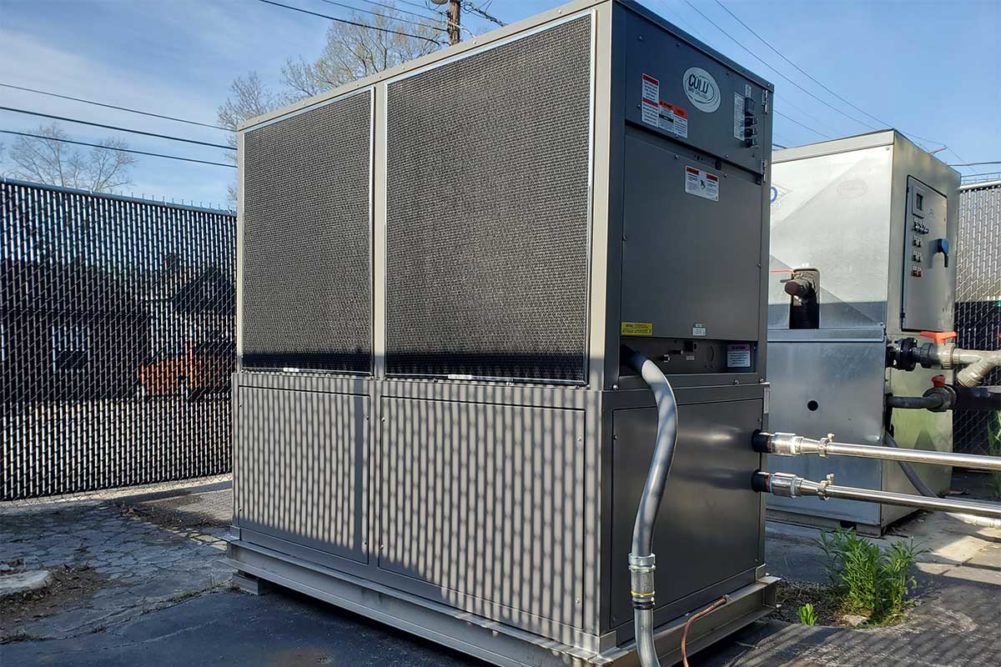It’s summertime, and many bakeries are feeling the heat. In addition to the South, where bakeries have adapted their operations to high temperatures and humidity, this year’s scorching weather recently slammed the West and Northwest, and even Canada.
For bakeries, such climate change can wreak havoc on creating quality baked goods, and even compromise a production line’s ability to produce them efficiently. Bulk ingredient handling systems often provide the first line of defense.
“Flour is the main source of temperature fluctuations during summer and winter,” said Stephen Marquardt, director, food processing plants, Zeppelin Systems USA. “Zeppelin provides flour cooling systems by cooling with either carbon dioxide, nitrogen and/or with a conventional system using cooled air, preconditioning of raw materials and insulation of outdoor silos.”
Louis Schwartz, business unit manager for ingredient handling systems, Gemini Bakery Equipment/KB Systems, said heat exchangers can be added downstream of air blowers to cool the pneumatic conveying air flow for flour or sugar.
“It would not be uncommon for blower discharge temperatures to be 200 to 300˚F with no cooling. However, a device such as an air-to-air aftercooler installed on the discharge line of the blower can reduce this temperature to 100˚F or less. This then translates to cooler materials as well. By using a variable-speed fan on a temperature control, the conveying air temperature can be held reasonably constant throughout the year, which may also provide better consistency in dough temperature.”
In addition to using heat exchangers, chilled water in lieu of city water can lower dough temperature, noted Kevin Pecha, sales manager, AZO Food.
“It really depends on the desired dough temperature,” he said. “Cooling of the bulk powders has been a solution for some facilities, but the added cost for liquidized gas or the additional electricity for cooling a batch via heat transfer may drive a baker to continue to use ice in the mixer.”
Bühler’s scale hoppers include probes to alert operators about flour temperature before it’s deposited into the mixer. Additionally, a dough temperature control system can be incorporated with the control algorithm that automatically adjusts the process.
“If the flour temperature rises, the water temperature is altered by changing the portion of chilled water included, or adjustment of the ice quantity added to the dough,” said John Hunter, sales account manager, bakery and ingredient handling, Bühler Inc.
Darren Adams, vice president of engineering, The Fred D. Pfening Co., noted its Enviroblender will adjust water temperature for mixing.
“It can provide blended water automatically based upon reading the incoming city water temperature and blending it with the required chilled water to reach the desired dough temperature,” Mr. Adams said. “In situations where the current system cannot provide cold enough chilled water, Pfening offers ingredient water chillers to provide the chilled water needed for cooling down the ingredient water lower than your current capabilities to bring the dough to the desired temperature.”
Joe Lewis, marketing, Sterling Systems & Controls, said it’s not uncommon to see flour silos incorporate dehumidification systems to blanket the ingredient in the silo with dry air to offset temperature swings from day to night.
“Ingredient batching systems can also monitor environment air temperature and humidity to assist with or automatically determine appropriate set points for water temperature, dehumidification systems and mixer jacket cooling,” he said. “Alarms can also be established and communicated based on environmental temperature and humidity monitoring.”
This article is an excerpt from the August 2021 issue of Baking & Snack. To read the entire feature on Ingredient Handling, click here.





